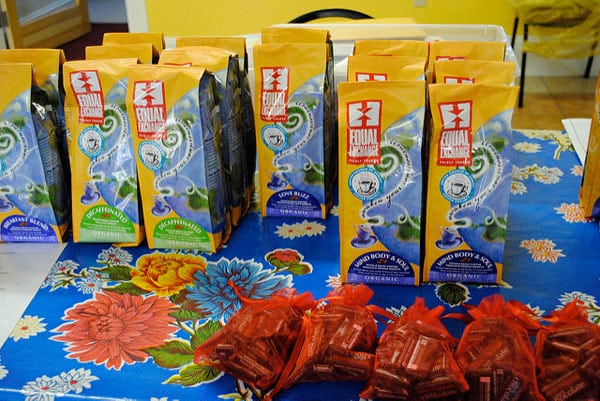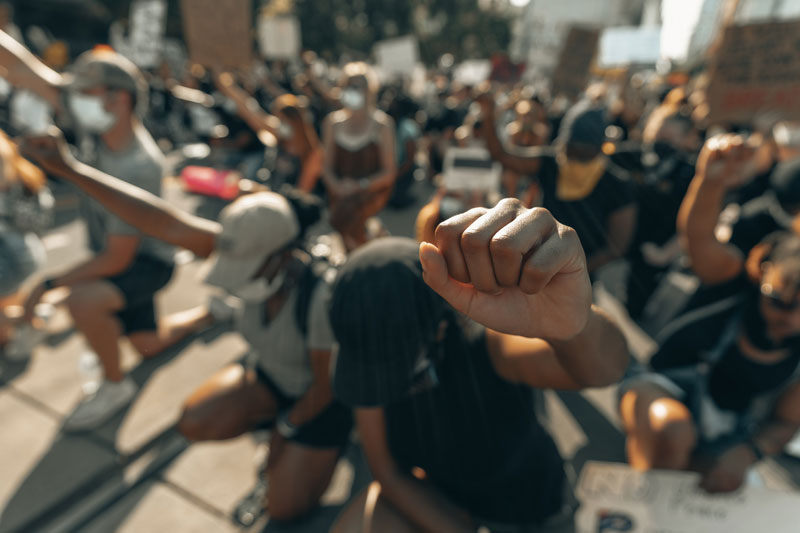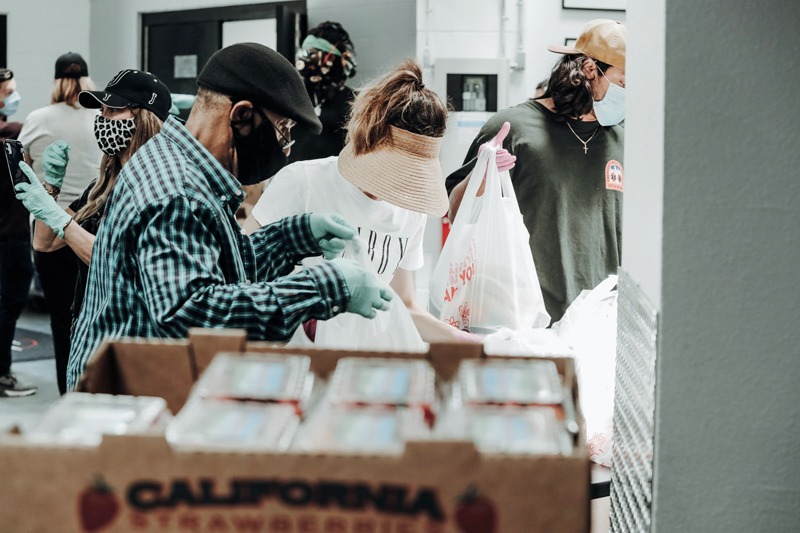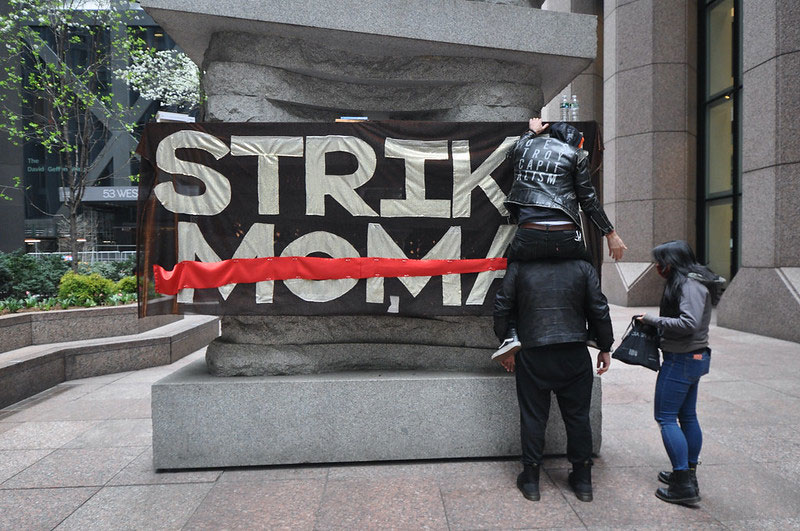
July 10, 2018; Next City
Founded in the 1980s, Equal Exchange “currently earns around $70 million a year in revenues, and has around 150 employees,” reports Oscar Perry Abello in Next City. It is also a worker cooperative.
“Being a worker cooperative,” notes Abello, “means every worker has an equal say and an equal ownership share in the company. It doesn’t mean every worker has to vote on every day-to-day decision within the business. But on major decisions, this structure helps to guard against making drastic changes such as sacrificing wages and benefits for the sake of profits or shutting down their existing roasting facility and moving it hundreds or thousands of miles away.”
A key challenge that worker co-ops can face is raising the capital they need. It’s not hard to understand the problem. A worker cooperative’s owners are the workers themselves, who each have an equal share in the company. And since they have 100 percent voting control of the company, you can’t sell voting shares to people who are not worker-owners in the cooperative.
Let’s say the share price is high—even $10,000 a worker. With 150 workers, that would get you to $1.5 million in worker equity. That sounds good, but hardly likely to be sufficient for a company with $70 million in sales. And because we are talking about a coffee roasting company…well, you’re not going to raise even $1.5 million in worker-owner equity, either. (In reality, the amount of worker equity at Equal Exchange in 2016 was a tad below $377,000.)
Now, of course, you might also have retained earnings (in Equal Exchange’s case, as of 2016, this was a much greater $5.74 million). And there’s always borrowing—but too much debt leads to interest expenses that can drag a business down.
Bottom line: If you want the worker-owned company to succeed, you may need to raise outside equity capital. In Equal Exchange’s case, to date they have raised $16 million in outside capital from approximately 600 outside investors.
So, how has Equal Exchange done it? Abello explains:
While the company isn’t publicly traded on the stock market, it does utilize a legal framework under U.S. securities laws (known as the 506 exemption of Regulation D of the Securities and Exchange Act) to sell ownership shares to investors during occasional periods known as private offerings. Unlike standard ownership shares, however, these shares don’t come with any rights to vote or otherwise exert control over the business.
Sign up for our free newsletters
Subscribe to NPQ's newsletters to have our top stories delivered directly to your inbox.
By signing up, you agree to our privacy policy and terms of use, and to receive messages from NPQ and our partners.
[…]
The last time Equal Exchange made an offering to investors was a one-year period from 2014 into 2015, and the company raised $4.1 million. It was Equal Exchange’s largest offering ever, and to date remains the largest private offering by any worker cooperative in the United States.
Sounds great, but where does Equal Exchange find people willing to invest over $4.1 million in a single offering? The way it does so involves a type of bundling, where Equal Exchange partners with a number of socially oriented investor firms to market the security. Each partner firm is given a target number of their own to raise from the investors they serve.
Typically, the money is raised from people who are known as accredited investors—that is, those who have at least $1 million in net worth. As Abello explains, “A net-worth of $1 million is an important threshold under the Securities and Exchange Act. Unlike with the stock market, in a private offering, the law says companies can only sell shares to up to 35 investors who have a net-worth less than $1 million. But companies can sell shares to an unlimited number of investors with a net-worth of at least $1 million.”
Financial returns have been consistent. Under the rules of Equal Exchange’s offering, your share price cannot rise or fall, but you are entitled to an annual dividend between zero and eight percent of the value of your investment. So far, over the past 28 years, annual dividend payments have ranged from three to eight percent, with five percent as the target.
Equal Exchange’s capital strategy is unusual, but its example is spreading. For instance, in 2016, Namasté Solar, a worker cooperative based in Colorado, raised $3.1 million in what was its second private offering. Like Equal Exchange, Namasté is a growing company. Namasté had 120 employees as of December 2017.
Daniel Fireside, Equal Exchange’s “capital coordinator” (investor relations representative) since 2010, says that he’d like to see more imitators. “We think the way we do business is great, and we think more people should be doing it. We don’t want to be the cool outlier.”—Steve Dubb
Correction: This newswire has been amended from its initial form to correct the range of potential dividends.













